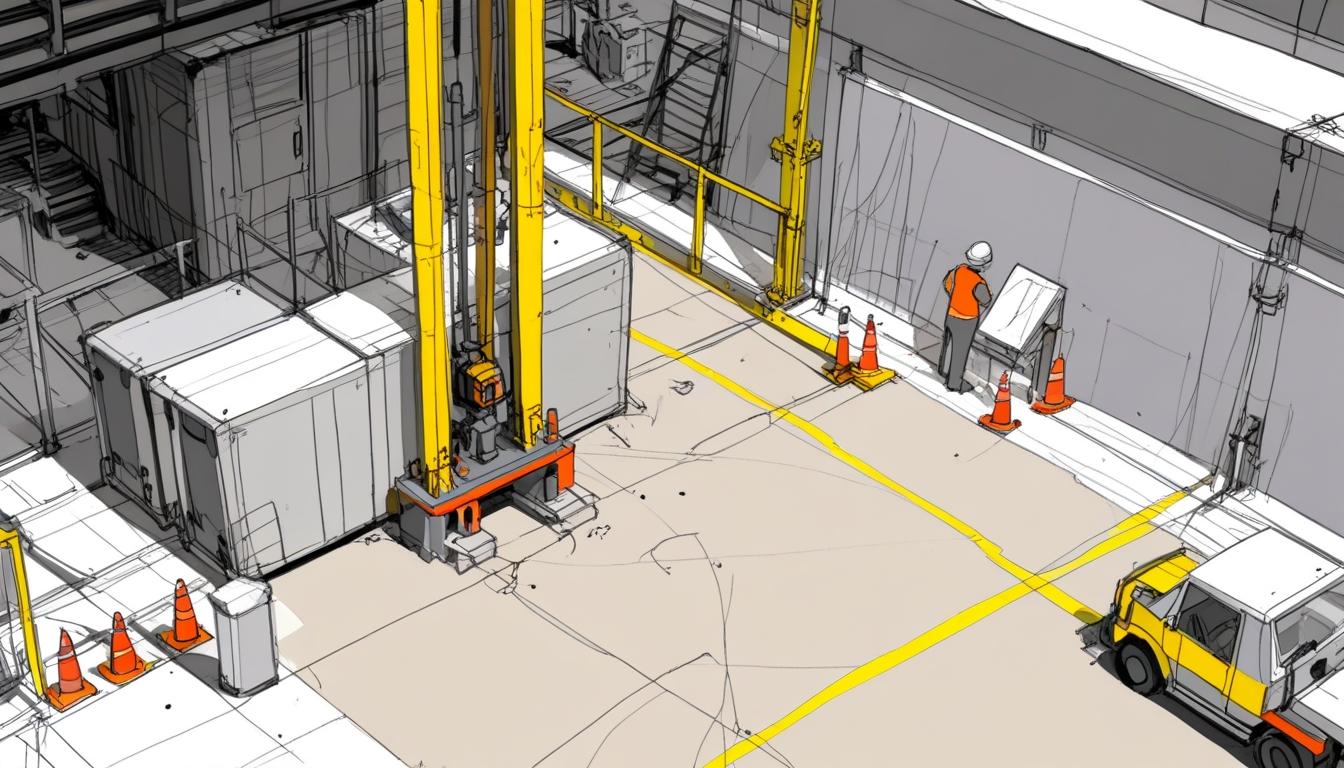Rapid advancements in artificial intelligence (AI) are making significant inroads into the construction industry, particularly through a technology known as Computer Vision. This system is fundamentally altering how construction companies in the UK manage safety, compliance, and identity checks on-site. Unlike conventional AI that focuses on generating text and images, Computer Vision employs real-time monitoring to enhance operational efficiencies and safety protocols at construction sites.
The construction sector is plagued by safety concerns, with the Health and Safety Executive (HSE) reporting high injury rates attributed to hazards such as falls, moving machinery, and vehicle collisions. In a notable development, HSE imposed fines totalling nine million pounds on major infrastructure companies in 2024 due to serious safety incidents. To mitigate such risks, Computer Vision analyses live video feeds and identifies unsafe behaviours as they occur. This proactive approach allows site teams to intervene before incidents escalate, signalling a shift from after-the-fact safety measures to real-time intervention.
One of the persistent challenges in large construction projects is managing the diverse workforce that flows in and out of sites. Computer Vision enhances security and safety by implementing facial recognition at access points, enabling automated compliance checks that verify worker identities and training status almost instantaneously—usually within two seconds per individual. This efficiency reduces the logistical burden on manned access points and ensures that only compliant personnel gain entry to the site, thereby maintaining an up-to-date record of on-site workers crucial for emergencies.
For example, a construction firm that adopted facial recognition for check-ins at two major sites reported significant time savings. Previously, paper records created bottlenecks, but after digitising the process, the company streamlined check-ins for over 300 rotating contractors, automated verification of credentials, and improved accuracy in emergency roll calls. This mechanisation not only boosts daily operations but also supports compliance during audits.
As the construction industry grapples with skills shortages and escalating costs, many firms are also leveraging Computer Vision to enhance productivity. Automated video analysis can save countless hours of manual oversight, simplify incident reporting, and provide real-time data analysis dashboards. This transformation allows skilled workers to focus on core project milestones rather than repetitive administrative tasks.
Despite the inherent concerns surrounding AI technologies, particularly generative tools that can produce erroneous content, Computer Vision operates within a defined framework. It is trained on existing data to detect real-time safety patterns, such as workers not wearing protective gear or being too close to machinery. This unique operation within a closed-loop system offers a reliable means of ensuring safety without risk of data misinterpretation.
In recent years, AI technologies have increasingly proven their relevance to the tangible realities of construction work, shifting from a theoretical concept to an operational necessity. As the sector continues to face workforce challenges, heightened costs, and stricter regulations, Computer Vision presents an opportunity to construct safer, more efficient, and compliant work environments. The growing question among construction businesses now is not whether to adopt AI but how quickly they can integrate these intelligent systems into their daily operations.
Source: Noah Wire Services
